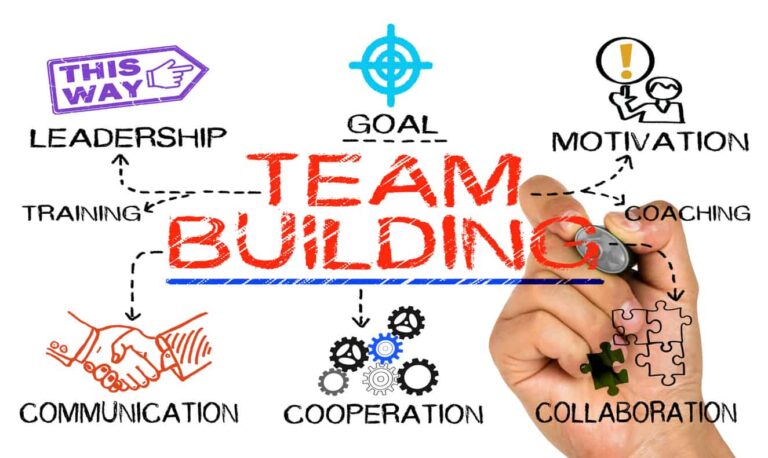Want to Grow Your Business? You Need a Growth Strategy
In the ever-evolving landscape of business, growth isn’t just a desire; it’s a strategic imperative. A well-crafted growth strategy serves as the roadmap that guides your business towards new horizons, unlocking opportunities and fueling sustainable success. In this comprehensive guide, we unravel the intricacies of building a growth strategy tailored to propel your business to new heights.
1. Understanding the Landscape: The Foundation of Growth
Market Research and Analysis
The journey to growth begins with a deep understanding of the market landscape. Conduct comprehensive market research to identify trends, analyze competitor strategies, and unearth potential opportunities and challenges.
Tip: Utilize data analytics tools for actionable insights and a thorough understanding of market dynamics.
2. Defining Your Unique Value Proposition (UVP): The North Star of Growth
UVP Development
Your Unique Value Proposition (UVP) is the essence of your brand. Clearly define what sets your business apart—whether it’s innovative products, exceptional customer service, or a unique market position.
Tip: Engage with stakeholders and customers to refine and articulate your UVP effectively.
3. Identifying Target Audiences: Precision in Growth
Customer Segmentation
Understanding your target audience is critical for crafting a growth strategy. Segment your customer base based on demographics, behaviors, and preferences to tailor your marketing and sales approaches.
Tip: Leverage customer relationship management (CRM) tools for effective segmentation and personalized engagement.
4. Leveraging Digital Marketing: The Engine of Growth
Inbound Marketing
Digital marketing is a powerful tool for growth. Develop an inbound marketing strategy that encompasses content creation, SEO, social media, and email marketing to attract, engage, and convert leads.
Tip: Invest in data-driven marketing tools for analytics and optimization of digital campaigns.
5. Product and Service Expansion: Diversification for Growth
Innovation and Expansion
Explore opportunities for product or service expansion. Innovate within your existing offerings or diversify into new markets to tap into untapped growth potential.
Tip: Conduct regular product/service reviews and solicit customer feedback for improvement and innovation.
6. Strategic Partnerships and Alliances: Collaborative Growth
Networking and Collaboration
Forge strategic partnerships and alliances that align with your growth objectives. Collaborative ventures can open new avenues for distribution, marketing, and customer acquisition.
Tip: Identify partners with complementary strengths and shared values for mutually beneficial collaborations.
7. Scaling Operations: Infrastructure for Growth
Operational Efficiency
Scaling requires robust operational infrastructure. Optimize internal processes, invest in technology, and streamline workflows to handle increased demand efficiently.
Tip: Implement enterprise resource planning (ERP) systems for seamless integration of business processes.
8. Financial Planning and Investment: Fueling Growth Safely
Financial Strategy
Craft a sound financial strategy that aligns with your growth goals. Analyze cash flow, allocate resources wisely, and consider financing options to fuel expansion without compromising stability.
Tip: Work closely with financial advisors to develop a robust financial plan tailored to your growth trajectory.
9. Customer Retention and Loyalty: Sustaining Growth Momentum
Retention Programs
While acquiring new customers is vital, retaining existing ones is equally crucial. Implement customer loyalty programs, provide excellent post-sale support, and foster long-term relationships.
Tip: Utilize customer feedback loops and satisfaction surveys to continually improve customer experience.
10. Continuous Monitoring and Adaptation: The Growth Feedback Loop
KPI Tracking
Establish key performance indicators (KPIs) to measure the success of your growth strategy. Regularly monitor these metrics, analyze results, and adapt your strategy based on performance insights.
Tip: Utilize business intelligence tools for real-time monitoring and reporting of KPIs.
Conclusion: A Holistic Approach to Growth
In the dynamic world of business, a growth strategy is not a one-size-fits-all solution; it’s a living, breathing framework that evolves with your business. Whether you’re a startup aiming to gain market share or an established company seeking to diversify, a comprehensive growth strategy is your compass.
As you embark on this growth journey, remember that resilience, adaptability, and a commitment to continuous improvement are your greatest allies. Unveil the potential within your business, navigate the ever-changing landscape with confidence, and let your growth strategy be the guiding force that propels your business towards a future of enduring success.





